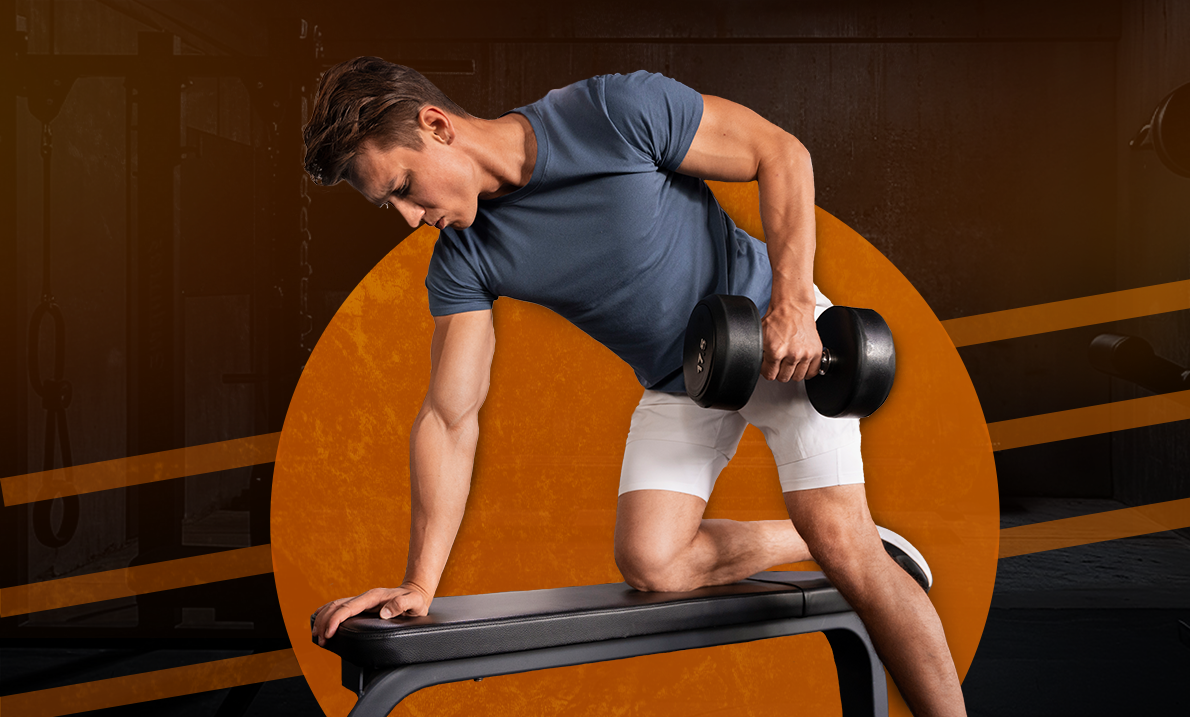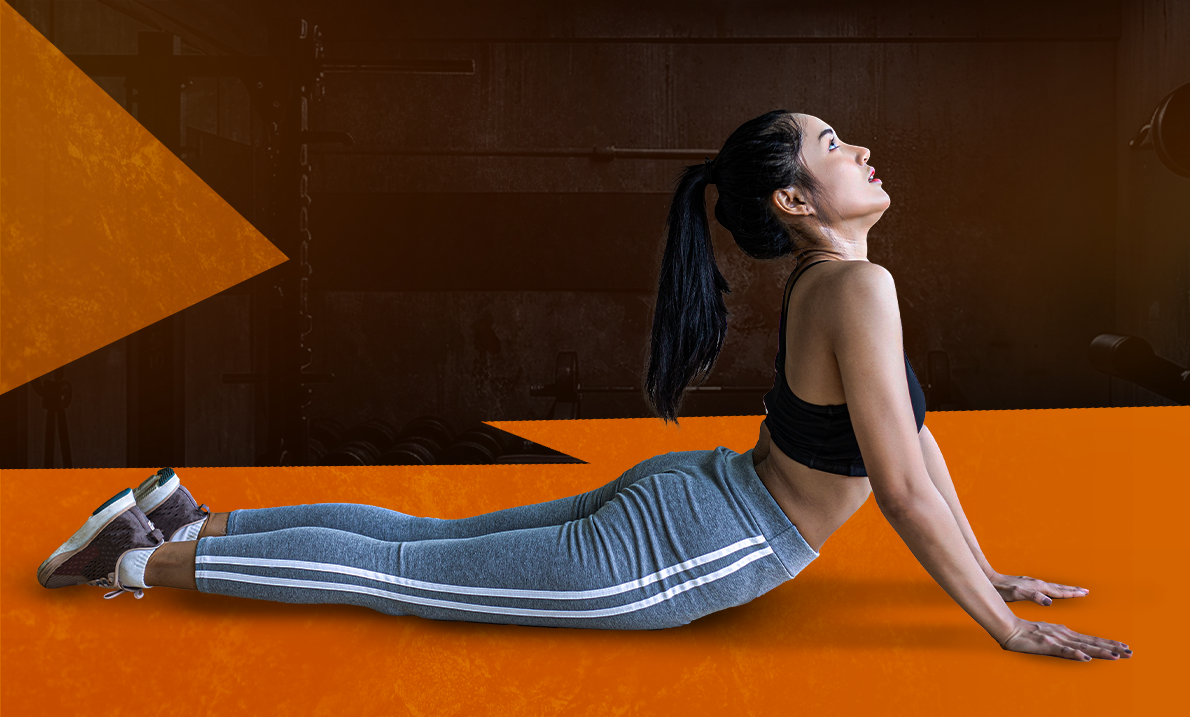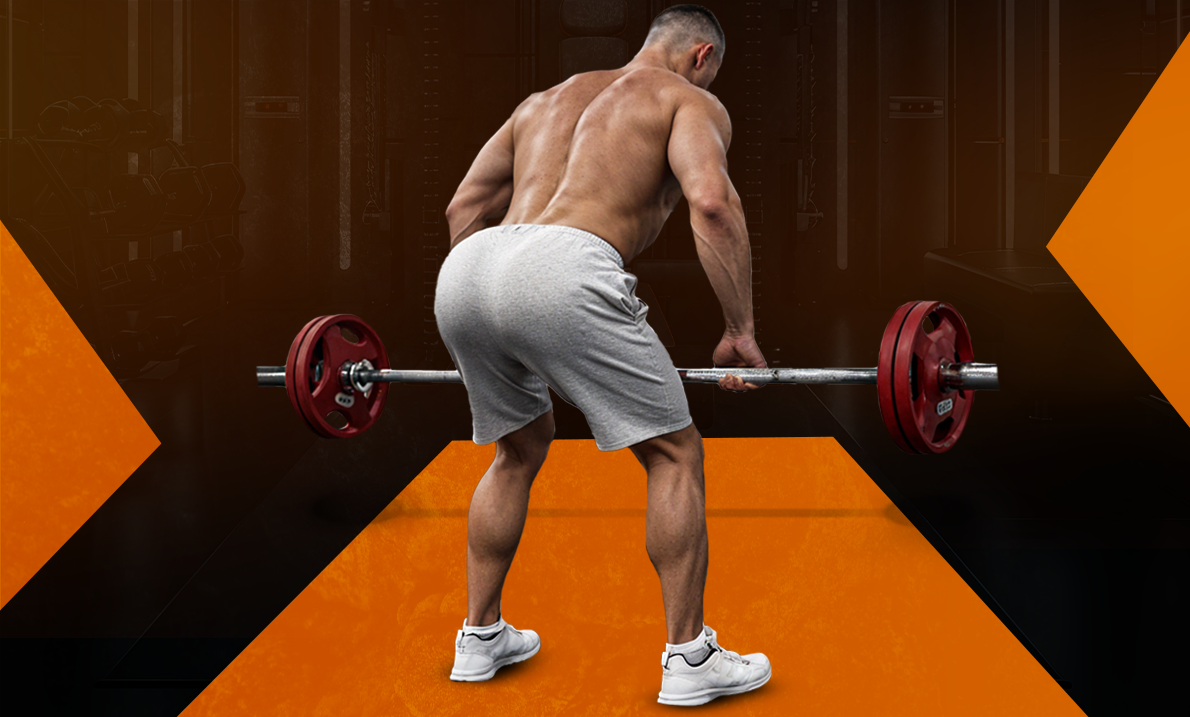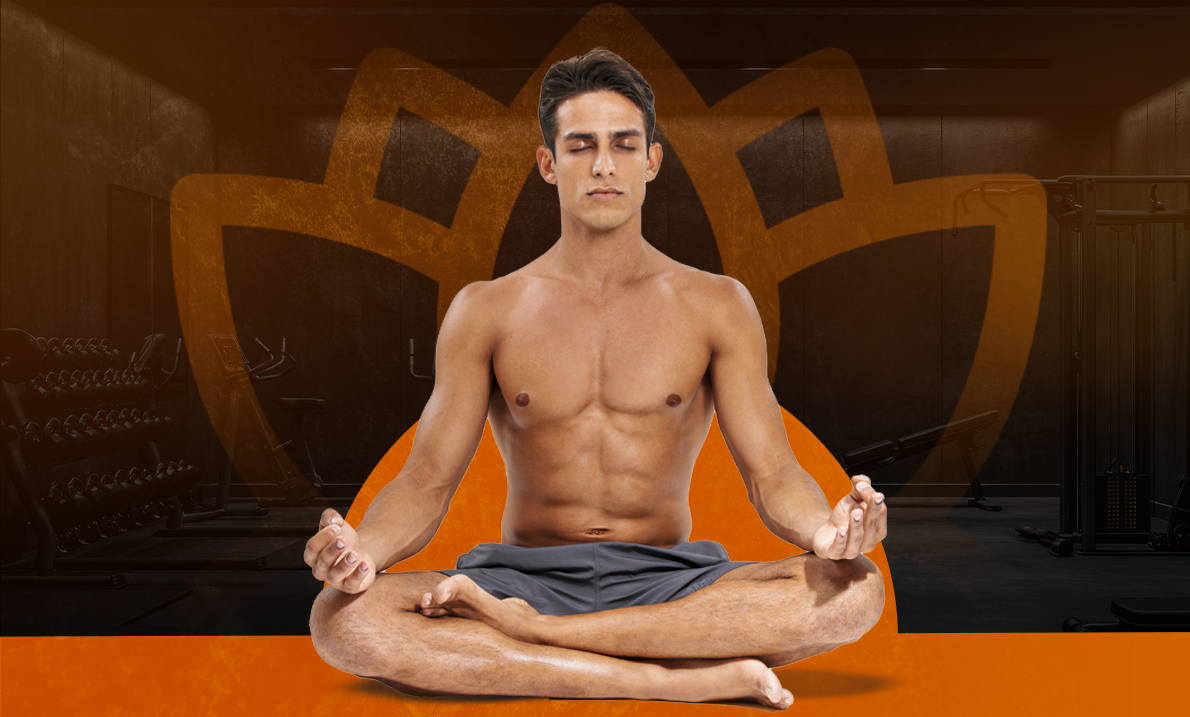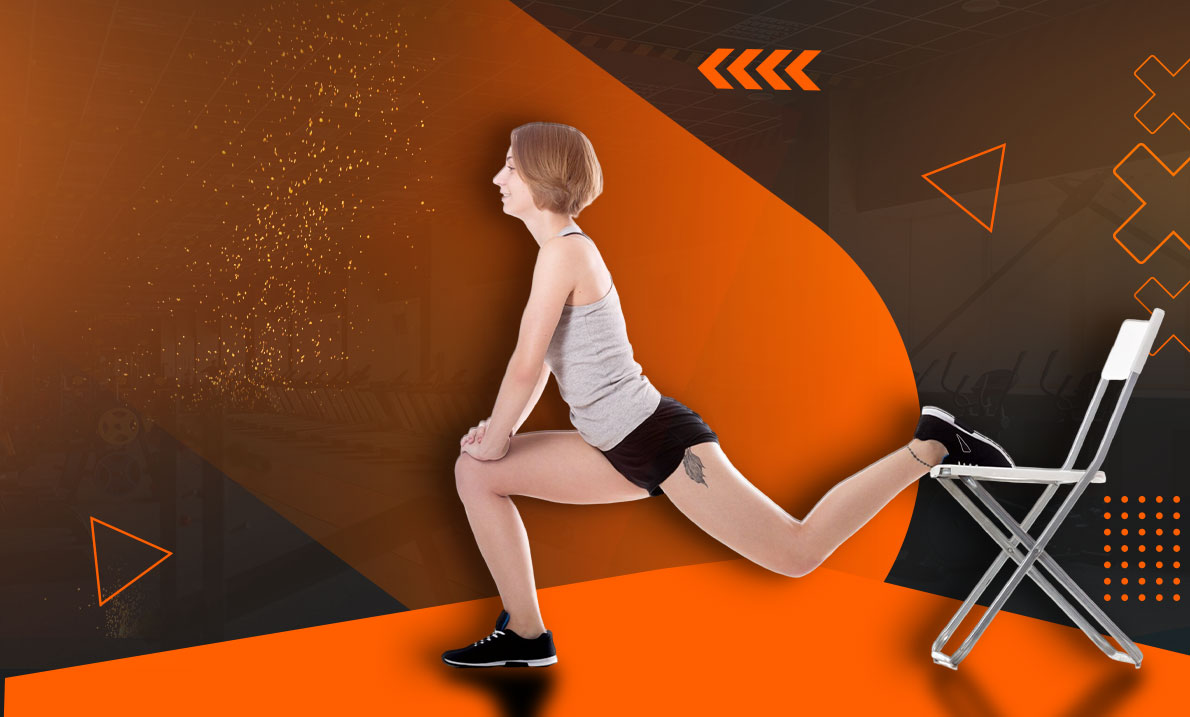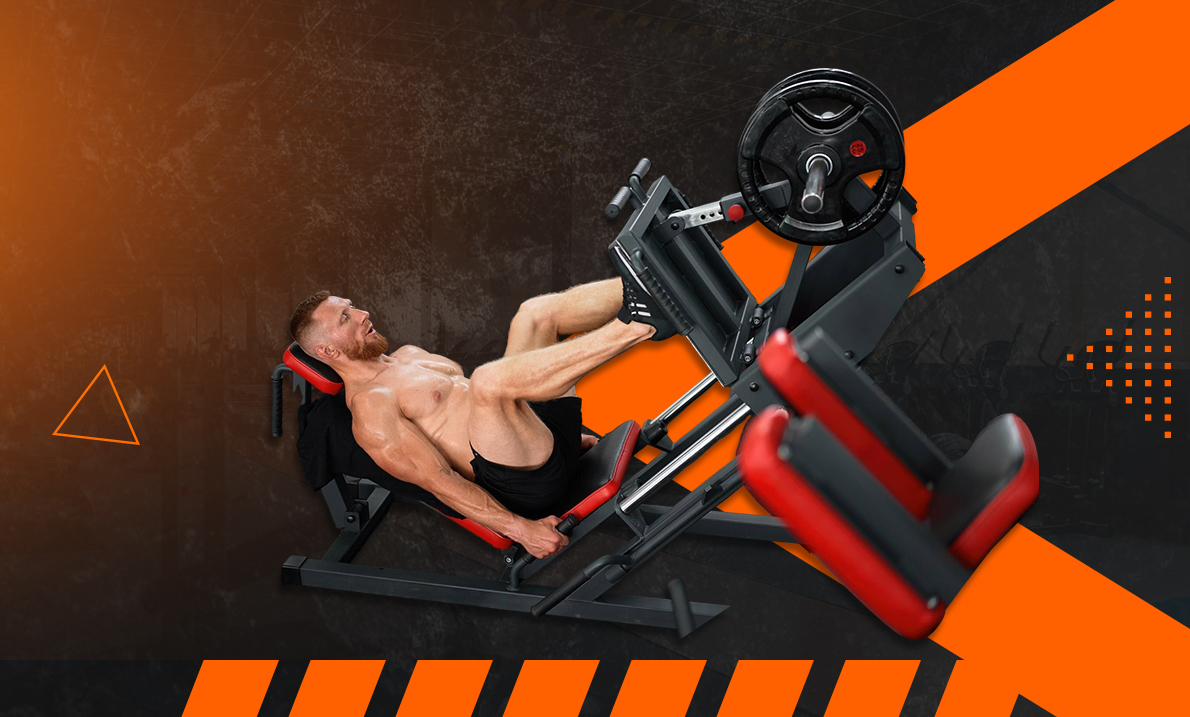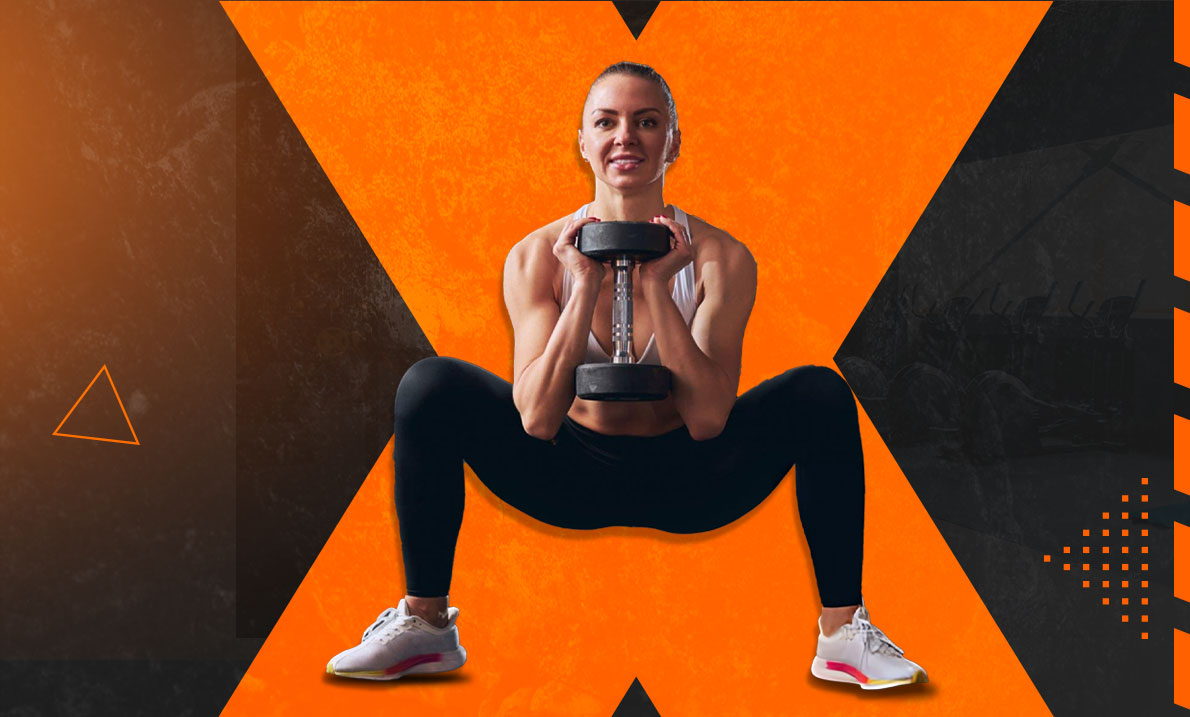The dumbbell row is a key exercise for building a strong, muscular back. It improves posture, enhances pulling strength, and develops the muscles better. Whether you’re a beginner or an advanced lifter, incorporatingdumbbell rows into your workout routine boosts your gains. As a unilateral pulling exercise, the dumbbell row strengthens the upper and middle back while improving stability and control. Compared to the barbell row, it allows for a greater range of motion, leading to superior muscle activation.
MUSCLES WORKED IN DUMBBELL ROW
Dumbbell exercises activate multiple upper body muscles, making them essential for the chest, biceps, forearms, rhomboids, and other muscles’ strength and endurance.
Primary Muscles Worked
These muscles do most of the work during the movement:
- Trapezius (Traps): Supports shoulder movement and stability.
- Latissimus Dorsi (Lats): Main muscle for pulling strength and width.
- Rhomboids: Helps retract and stabilise the shoulder blades.
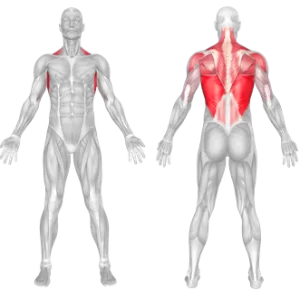
Secondary Muscles Worked
These muscles provide additional support and stability:
- Biceps: Assists in pulling the dumbbell.
- Forearms: Improves grip strength.
- Core & Lower Back: Maintains stability throughout the movement.
BENEFITS OF THE DUMBELL ROW
Let’s guide you through the key benefits of doing a dumbbell row.
Builds a Stronger, More Defined Back
Targets key muscles build a thicker and more powerful back.
Improves Muscle Symmetry
Works each side individually, helping correct strength imbalances.
Increases Pulling Strength
Strengthens the muscles essential for pull-ups, deadlifts, and other lifts.
Enhances Core Balance & Control
Engages the core and lower back for better balance and control.
HOW TO PERFORM A DUMBBELL ROW PROPERLY?
Perfect form is key to maximising benefits and avoiding injury. Follow these steps:
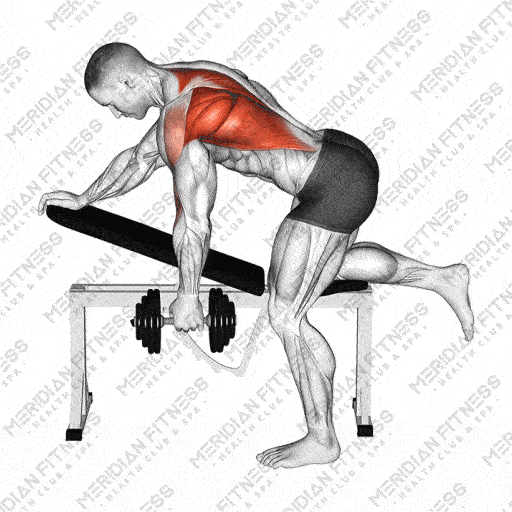
STEP 1: GET INTO POSITION
- Place your left knee and hand on a flat bench for support.
- Keep your back straight and core engaged.
STEP 2: HINGE AT THE HIPS
- Bend forward until your torso is almost parallel to the floor.
- Keep a straight back and engage your core.
- Hold a dumbbell in your right hand with a neutral grip (palm facing your body).
STEP 3: Pulling & Lowering The DUMBBELL
- Keep your elbow close to your body and pull the dumbbell to your ribs.
- Squeeze your shoulder blades together at the top.
- Slowly lower the dumbbell back to full arm extension.
- Switch sides after every set for balanced muscle development.
COMMON MISTAKES TO AVOID WHEN DOING THE DUMBELL ROW
To get the most from your dumbbell row and prevent injury, be mindful of these common mistakes:
KEEPING YOUR BACK ROUNDED
Maintain a neutral spine and flat back to prevent lower back strain.
USING MOMENTUM INSTEAD OF CONTROL
Perform slow, controlled movements to fully engage the target muscles and avoid swinging.
Pulling with Your Arms Instead of Your Back
Focus on engaging your back muscles first rather than relying solely on your biceps.
NEGLECTING THE SQUEEZE AT THE TOP
Pause and contract your muscles at the peak of the movement for maximum activation.
MODIFICATIONS AND VARIATIONS FOR DUMBBELL ROW
To keep your workouts fresh and challenge your muscles differently, try these variations:
Single-Arm Dumbbell Row
Perform the row with one dumbbell while supporting yourself with the other hand on a bench for added stability.
Incline Bench Dumbbell Row
Lie chest-down on an incline bench to minimise body momentum and isolate the back muscles.
Reverse-Grip Dumbbell Row
Hold the dumbbells with an underhand grip to shift emphasis to the biceps and lower lats
Plank Or Renegade Row
Perform the row in a plank position to engage the core and stabilise muscles more.
Reps and Sets for All Levels

Beginner
3 sets of 10–12 reps (light to moderate weight, prioritise proper form).
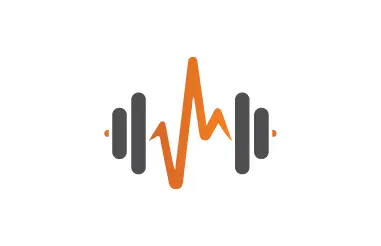
Intermediate
4 sets of 8–10 reps (increase weight, controlled movement).

Advanced
4–5 sets of 6–8 reps (heavier weight, perfect form, slow eccentric phase).
The dumbbell row is one of the most effective exercises for developing a stronger, more muscular back. It enhances pulling strength, improves posture, and corrects muscle imbalances, making it an essential part of any training program. Add dumbbell rows to your workouts and experience greater strength, stability, and muscle growth.
Looking for expert guidance? Train at Meridian Fitness in Greenwich, London, where our professionals can help you perfect your form and maximise your results.
